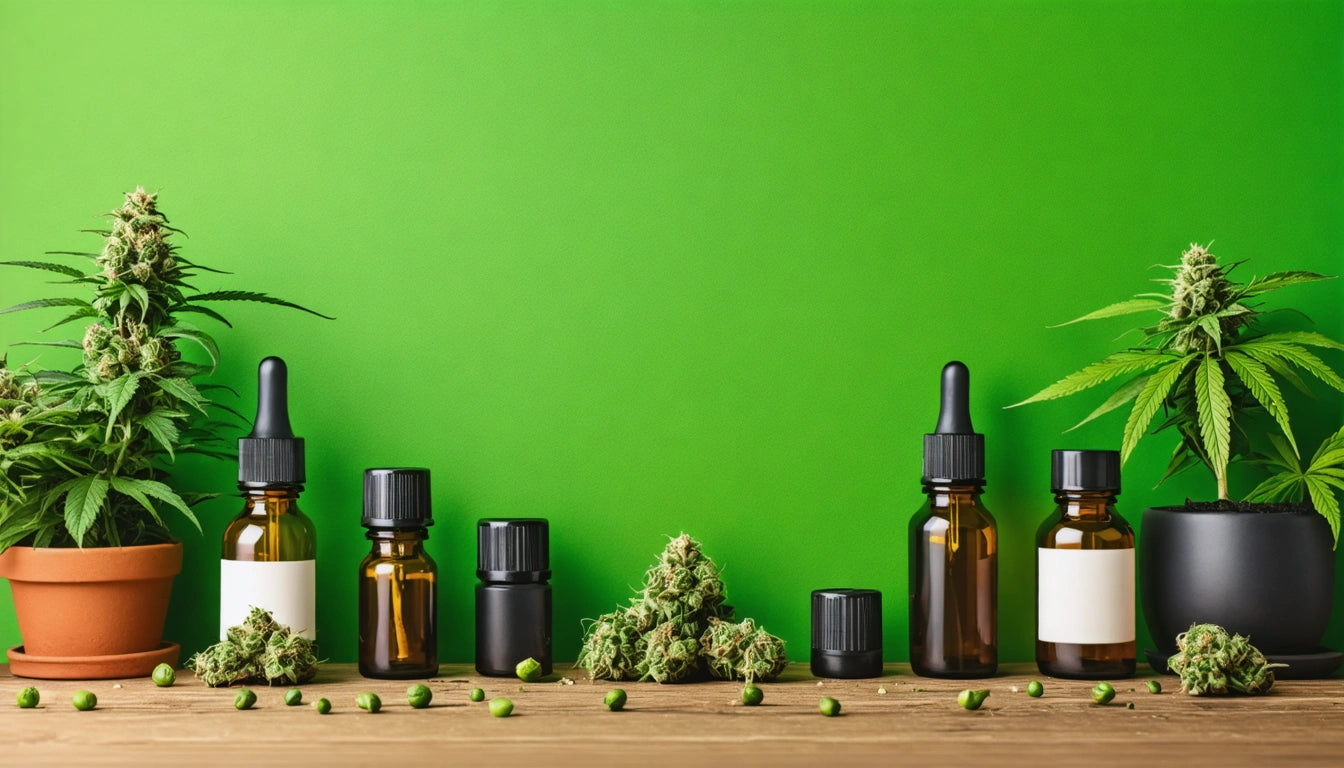Table of Contents
Cannabis product safety relies heavily on proper packaging that prevents tampering and unauthorized access. Regulatory requirements for tamper-evident packaging vary significantly by product type, state jurisdiction, and intended use. Understanding these nuances helps brands maintain compliance while protecting consumer safety and brand integrity.
Understanding Tamper-Evident Packaging in Cannabis
Tamper-evident packaging provides visible evidence when a package has been opened or compromised. According to industry standards, these features must be difficult to replicate and provide clear visual indicators of tampering attempts.
The distinction between tamper-evident and tamper-resistant packaging is crucial from a regulatory perspective. Tamper-evident packaging shows when interference has occurred, while tamper-resistant packaging physically impedes access. Most cannabis regulations require both features for comprehensive protection.
Regulatory Landscape for Cannabis Packaging
Cannabis packaging regulations are primarily enforced at the state level, creating a patchwork of requirements across markets. However, certain baseline standards apply universally:
- Packaging must indicate when it has been opened or tampered with
- Child-resistant features must be incorporated for most products
- Materials must maintain product integrity throughout the supply chain
- Accurate weight verification, often using precision digital scales for quality control, must be documented
The FDA's guidelines for pharmaceutical products often influence cannabis packaging regulations, particularly for medical cannabis programs. These standards emphasize consumer safety through multiple layers of protection.
Requirements by Product Type
Edibles and Ingestibles
Edible products face the strictest tamper-evident requirements due to ingestion risks. Regulations typically mandate:
- Individual wrapping for multi-piece products
- Heat-sealed pouches or containers with perforated bands
- Shrink bands around caps for tinctures and beverages
- Visual indicators that show first-opening
Options for edibles packaging include blister packs, sealed pouches with tear notches, and containers with break-away closures. These solutions must maintain freshness while providing clear evidence of tampering.
Flower and Pre-Rolls
For cannabis flower and pre-rolls, regulations focus on maintaining product integrity and preventing substitution:
- Heat-sealed containers or pouches
- Lidded containers with shrink bands
- Tube packaging with perforated seals
- Vacuum-sealed options with tear strips
Pre-rolls often require additional protection through sealed tubes or multi-layer packaging that preserves product quality while providing tamper evidence.
Concentrates and Extracts
Concentrates present unique challenges due to their high potency and various consistencies:
- Glass or silicone containers with sealed lids
- Shrink bands around container openings
- Blister packaging for single-use applications
- Sealed pouches with tear notches for shatter or wax
Some states require additional security measures for high-potency extracts, including serialized tracking on tamper-evident features. Shrink bands and seals are particularly effective for these products.
Topicals and Transdermals
Topical products require tamper-evident features that preserve product integrity while allowing for repeated use:
- Sealed tubes with first-use perforation
- Jars with sealed inner linings
- Pump dispensers with sealed collars
- Patches in sealed pouches with tear notches
Selecting appropriate solutions for topicals requires balancing user experience with security requirements.
Compliance Testing and Verification
Before market launch, tamper-evident features must undergo rigorous testing to ensure they meet regulatory standards. Best practices for testing include:
- Simulation of shipping conditions
- Temperature variation tests
- Consumer use testing
- Attempted compromise testing
Documentation of these tests is often required during regulatory inspections and can prevent costly recalls. One cannabis brand avoided a major recall by implementing robust tamper-evident features, as detailed in this case study.
Implementation Strategies for Brands
Implementing compliant tamper-evident packaging requires balancing regulatory requirements with brand aesthetics and operational efficiency. Successful strategies include:
- Selecting solutions that integrate with existing packaging lines
- Choosing tamper-evident features that enhance rather than detract from brand appearance
- Implementing dual-function features that provide both tamper evidence and child resistance
- Considering the consumer unboxing experience when selecting tamper-evident mechanisms
For smaller brands with limited budgets, cost-effective solutions include pressure-sensitive labels, heat-sealed pouches, and standardized shrink bands that can be applied manually.
As regulations continue to evolve, brands must stay informed about changing requirements while implementing packaging solutions that protect consumers and maintain product integrity throughout the supply chain.











Leave a comment
All comments are moderated before being published.
This site is protected by hCaptcha and the hCaptcha Privacy Policy and Terms of Service apply.